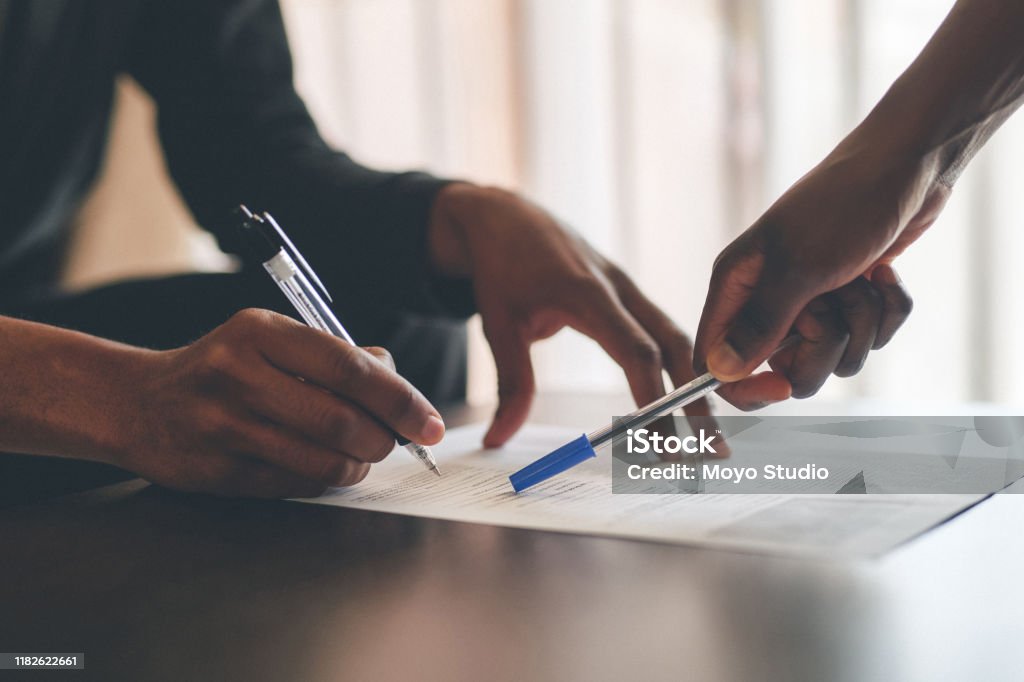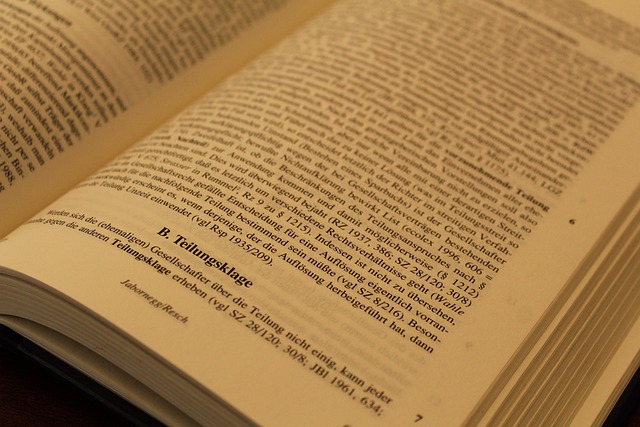5 Legal Cases That Changed the Way We Practice Law
Introduction
Law is not static — it evolves with time, shaped by societal changes, technological advancements, and most importantly, landmark legal decisions. Certain cases have such profound effects that they don’t just resolve disputes; they redefine the very framework within which justice is served. These pivotal rulings influence legislation, legal interpretation, and everyday practice in courts across the world.
In this article, we explore five landmark cases that fundamentally altered how lawyers, judges, and lawmakers approach the law. Whether you’re a legal professional, law student, or simply curious about the workings of the legal system, understanding these cases will give you valuable insight into how a single judgment can shape an entire legal landscape.
Case 1: Brown v. Board of Education (1954) – The End of “Separate but Equal”
Background
Before 1954, racial segregation in public schools was widespread in the United States. This was largely due to the 1896 case of Plessy v. Ferguson, which upheld the doctrine of “separate but equal.” Under this doctrine, states could maintain separate public facilities for Black and white citizens as long as they were “equal” — though, in reality, they rarely were.
Oliver Brown, representing a group of African American parents, sued the Board of Education of Topeka, Kansas, after his daughter was denied entry to a white elementary school near their home. The case eventually reached the U.S. Supreme Court.
The Ruling
In a unanimous decision, the Supreme Court declared that racial segregation in public schools violated the Equal Protection Clause of the 14th Amendment. Chief Justice Earl Warren famously wrote:
“Separate educational facilities are inherently unequal.”
Impact on Law Practice
-
Civil Rights Litigation: This case became a cornerstone for civil rights lawyers, paving the way for further desegregation and anti-discrimination cases.
-
Precedent for Equality: It overturned Plessy v. Ferguson, proving that long-standing precedents can be challenged successfully.
-
Broader Social Reform: Lawyers began using constitutional law more aggressively to address systemic injustices beyond education.
Case 2: Miranda v. Arizona (1966) – The Birth of “Miranda Rights”
Background
Ernesto Miranda was arrested in Arizona and confessed to a crime after two hours of police interrogation — without being informed of his right to remain silent or his right to an attorney. His defense argued that the confession was inadmissible because he wasn’t advised of these rights.
The Ruling
The Supreme Court ruled 5-4 that suspects must be informed of their rights before custodial interrogation. This led to the establishment of the now-famous “Miranda Warning”:
-
You have the right to remain silent.
-
Anything you say can and will be used against you in a court of law.
-
You have the right to an attorney; if you cannot afford one, one will be provided for you.
Impact on Law Practice
-
Criminal Procedure Reform: Police departments nationwide had to change interrogation methods.
-
Defense Strategies: Criminal defense lawyers could now challenge evidence obtained without proper rights advisement.
-
Public Awareness: This ruling made legal rights a part of popular culture, enhancing citizens’ knowledge of due process.
Case 3: Roe v. Wade (1973) – The Constitutional Right to Privacy
Background
“Jane Roe” (Norma McCorvey) filed a lawsuit against Henry Wade, the district attorney of Dallas County, Texas, challenging state laws that criminalized abortion except to save the mother’s life.
The Ruling
The Supreme Court ruled 7-2 that a woman’s decision to have an abortion was protected under the right to privacy implied by the 14th Amendment’s Due Process Clause. The decision established a trimester framework regulating when and how states could restrict abortion.
Impact on Law Practice
-
Expansion of Privacy Rights: Lawyers gained a powerful precedent for cases involving bodily autonomy and personal decision-making.
-
Political and Legal Debate: The case triggered decades of legal and political battles, influencing judicial appointments and campaigns.
-
Healthcare Law Evolution: Attorneys in medical and reproductive rights fields saw expanded grounds for litigation.
(Note: Roe v. Wade was overturned in 2022 by Dobbs v. Jackson Women’s Health Organization, but its influence on decades of legal practice remains monumental.)

Case 4: United States v. Microsoft Corp. (2001) – Antitrust Law in the Tech Era
Background
In the late 1990s, Microsoft dominated the personal computer operating system market with Windows. The U.S. Department of Justice accused Microsoft of engaging in anti-competitive practices, particularly by bundling Internet Explorer with Windows to stifle competition from other browsers like Netscape Navigator.
The Ruling
The court found Microsoft guilty of monopolistic behavior and initially ordered the company to be split into two entities. On appeal, the breakup order was overturned, but Microsoft still faced restrictions on its business practices and increased antitrust scrutiny.
Impact on Law Practice
-
Modern Antitrust Enforcement: Lawyers began applying traditional antitrust laws to rapidly evolving technology markets.
-
Corporate Compliance Programs: Legal departments strengthened antitrust compliance to avoid similar litigation.
-
Precedent for Big Tech Cases: This case influenced future antitrust actions against Google, Apple, Amazon, and Meta.

Case 5: Obergefell v. Hodges (2015) – Marriage Equality for All
Background
Several same-sex couples sued their home states, challenging bans on same-sex marriage and the refusal to recognize such marriages performed elsewhere. The central argument was that these bans violated the Equal Protection and Due Process Clauses of the 14th Amendment.
The Ruling
In a 5-4 decision, the Supreme Court ruled that same-sex marriage is a constitutional right nationwide. Justice Anthony Kennedy’s opinion emphasized dignity, equality, and the fundamental right to marry.
Impact on Law Practice
-
Family Law Transformation: Lawyers in family law had to adapt to new legal structures for marriage, divorce, adoption, and inheritance.
-
Civil Rights Advocacy: It expanded the scope of constitutional protections against discrimination.
-
Policy Changes: States and employers had to update benefits, forms, and policies to reflect marriage equality.
Lessons from These Landmark Cases
These five cases highlight several truths about the legal profession:
-
The Law Evolves with Society
Social changes often drive the courts to reinterpret old principles in light of new realities. -
One Case Can Reshape an Entire Field
A single ruling can change police procedure (Miranda), redefine marriage (Obergefell), or dismantle segregation (Brown). -
Precedents Are Powerful — But Not Permanent
Both Plessy and Roe show that legal precedents can be overturned, for better or worse. -
Lawyers Are Agents of Change
Behind every landmark ruling is a team of advocates who believed the law could do better.
Conclusion
The legal world is built on the foundation of past decisions. These landmark cases — from civil rights to technology regulation — demonstrate the extraordinary impact that the judiciary can have on our daily lives and legal practices. Lawyers who understand the significance of these rulings are better equipped to navigate the evolving legal landscape, advocate for clients effectively, and even push the boundaries of the law itself.
As we look ahead, new challenges will arise: artificial intelligence, climate change litigation, digital privacy, and more. The next “landmark case” is likely already in the making, waiting to redefine the rules once again
